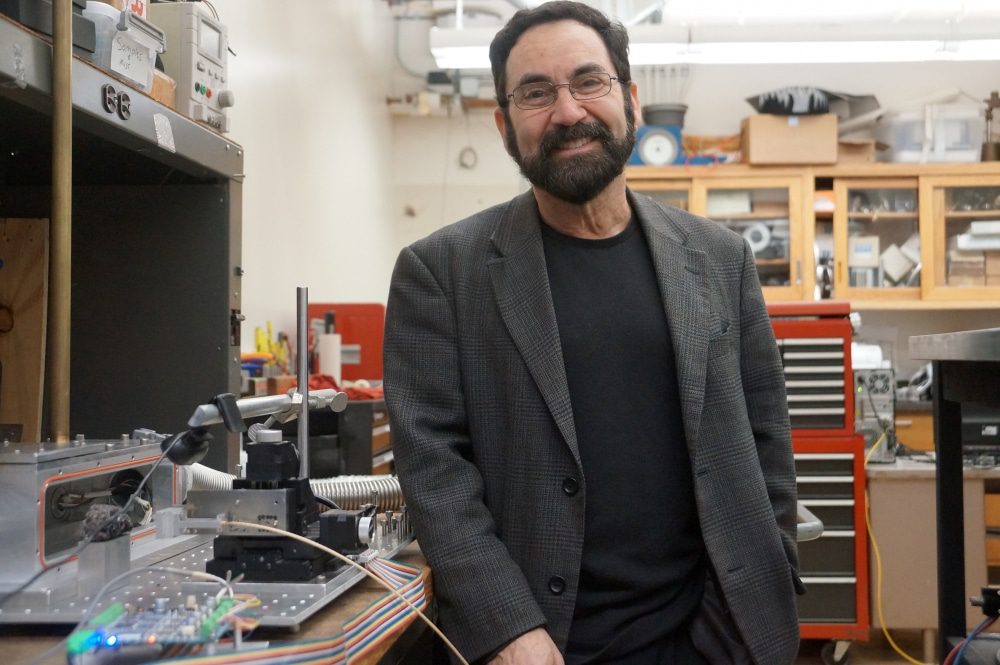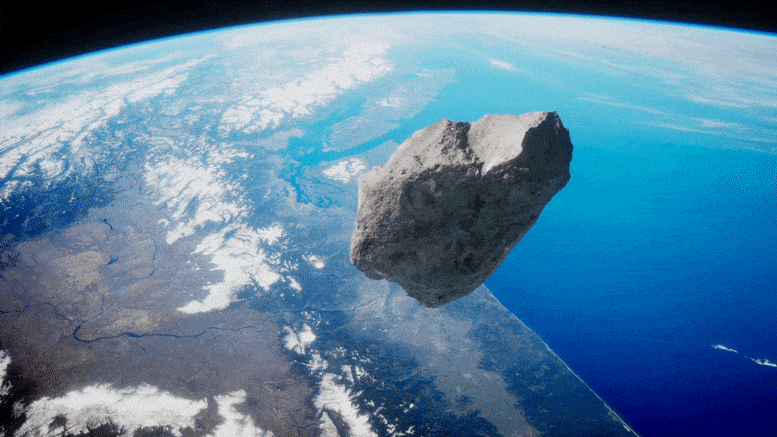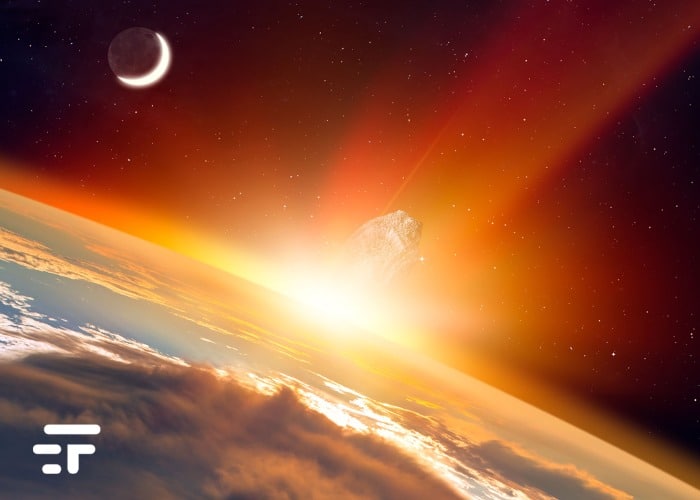What if a ten-kilometer-wide asteroid were headed for Earth, with an imminent and terrible impact just six months away? No, I say: what if this wasn't a Netflix movie (one at random) but reality? Do we have enough resources and technologies to avoid such a disaster?
In recent months, simulations have been made (with bad results) and space missions (such as DART) to understand how we would save the planet. Today a new document examining the technical aspects says yes: we can save it.
Do we look like T-Rex to you, the rest of us?
“We have demonstrated that humanity has passed a technological threshold that prevents us from 'becoming like dinosaurs,' they write Philip Lubin e Alex Cohen, researchers at the University of California in their article published in Arxiv. “We can save the planet even with just 6 months' notice.”
I open a parenthesis to break a spear on the back of a brontosaurus (for the foreign versions of this blog: I want to blame the dinosaurs). These petty animals have never taken physics courses, and they didn't invest a penny in planetary defense.
Ok, let's get back to us. How can we save this planet then? Aren't we gonna send Bruce Willis out on some shuttles?

Let's pulverize it to save the Earth
The crux of the study (I linked it to you, if you have the guts read it all) focuses on different methods of intervention: those considered best aim at the use of special "explosive penetrators". Yes, you can laugh, make your double entendres, but it's about pulverizing a meteorite.
As? With the use of devices equipped with small (very small, they say) nuclear charges. This technique mounted on heavy rockets such as Space Launch System (SLS) of NASA or the Starship of SpaceX it will end our existential threat.
Are we sure?
This approach would not make an asteroid completely disappear, which is prohibitive especially for large dimensions. However, part of its surface would be vaporized, producing enough of a change in direction to prevent the asteroid from hitting Earth.
It is not a controversial opinion, there are many scientists convinced of our current means. Rusty Schweickart, an Apollo astronaut, finances an asteroid research organization called B612. He too points out that the technology needed to deflect an asteroid already exists today.
I'm happy about it: it's true, a "planet killer" happens once every 100 million years, but it's equally true that it's a "when", not an "if".
And in any case, saving a planet is not a trivial matter

To throw some numbers, Lubin and Cohen's paper notes that a threat of this magnitude hitting Earth at a closing speed of 40 km/s would have an impact energy of approximately 300 teratons TNT. That's about 40 times larger than the entire world's current combined nuclear arsenal.
“An asteroid with a diameter of 10 kilometers would produce an impact similar to the one that killed the dinosaurs about 66 million years ago. Such an event, if not mitigated, would be an existential threat to humanity,” they said. “Mitigation is conceivable using existing technology, even with 6 months' notice, but it is essential to use micro nuclear charges.”
In other words, this study gives us hope that a solid planetary defense system is already possible today, and can save our planet, but it must be built. We may not need them for much longer, but either way, it's better to be ready... than dead.
And don't tell me “Don't look up”, I'll get angry.


